AO Edited
Michelson Interferometer
The site of the original experiment that would be used to disprove the theory of luminiferous ether.
The Michelseon-Morley interferometer is one of the world’s most famous physics experiments. Performed and published in 1887, at what is now known as the Case Western Reserve University in Cleveland, Ohio. However, not many people know that the original idea was tested by Michelson alone in a basement at the former Potsdam Astrophysical Observatory in 1881.
The experiment is basically a very accurate measuring rod. It uses a light source that gets split into two directions and then comes back into an eyepiece. The wave-like nature of light means that an interference pattern occurs which changes with the slightest change in the length of either arm. So precise in fact that it can measure differences as small as 30 nanometers, or one millionth of an inch.
The goal of the experiment was to find the so-called “luminiferous ether,” which was believed to be the medium in which light propagates. Just like waves on the beach propagate through water, and sound propagates through air.
To his surprise, and that of most physicists of that time, they could not find any proof of the ether in that basement, nor the many other locations where they tried it. The results of the experiment would help Einstein formulate his theory and became a mainstay of most physics texts books in the world.
In the original basement where Michelson made his first attempt, a replica was built based on his designs and made to resemble the original as closely as possible.
Know Before You Go
The interferometer is accessible during open days, but a visit can also be organized for interested people it asked early enough in advance.

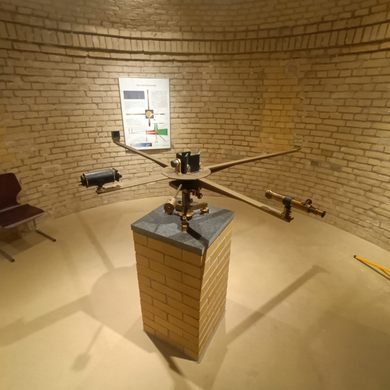
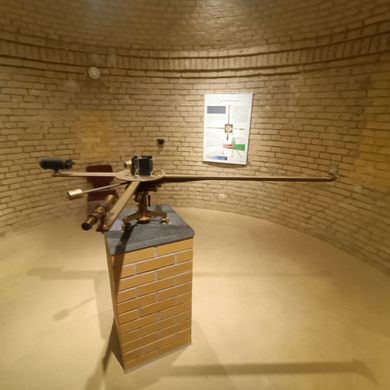
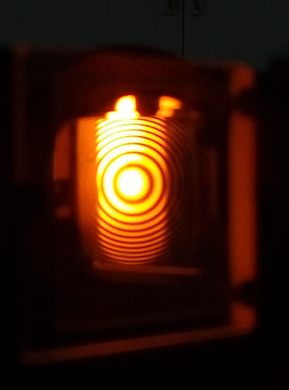


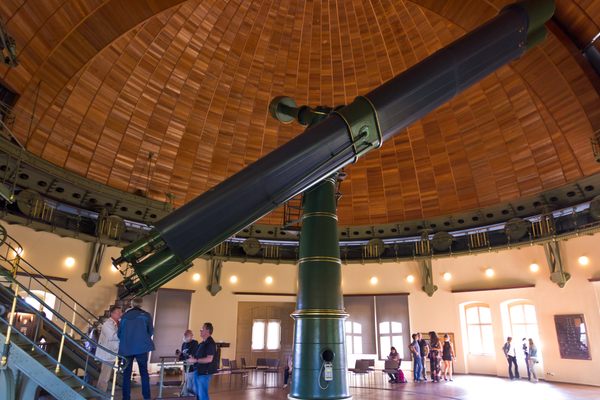





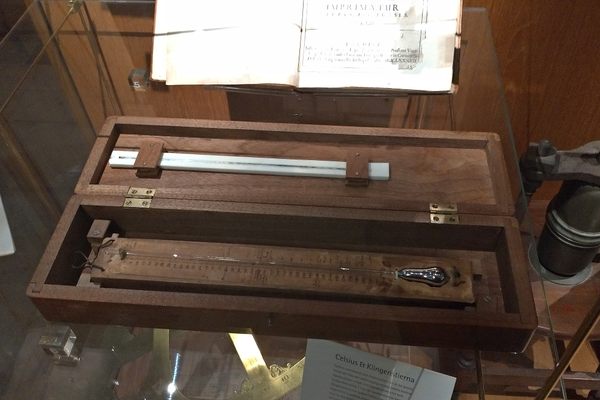


Follow us on Twitter to get the latest on the world's hidden wonders.
Like us on Facebook to get the latest on the world's hidden wonders.
Follow us on Twitter Like us on Facebook